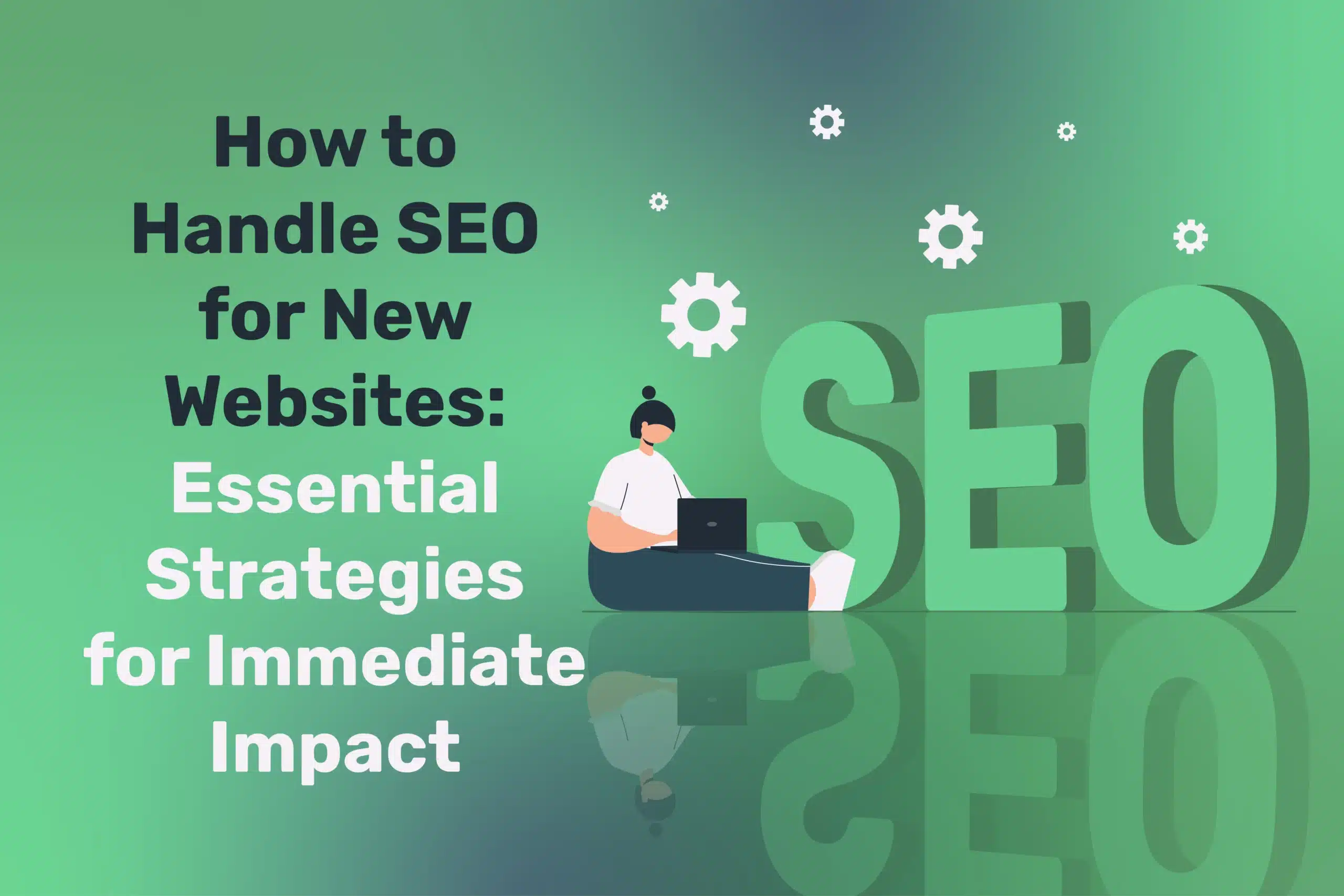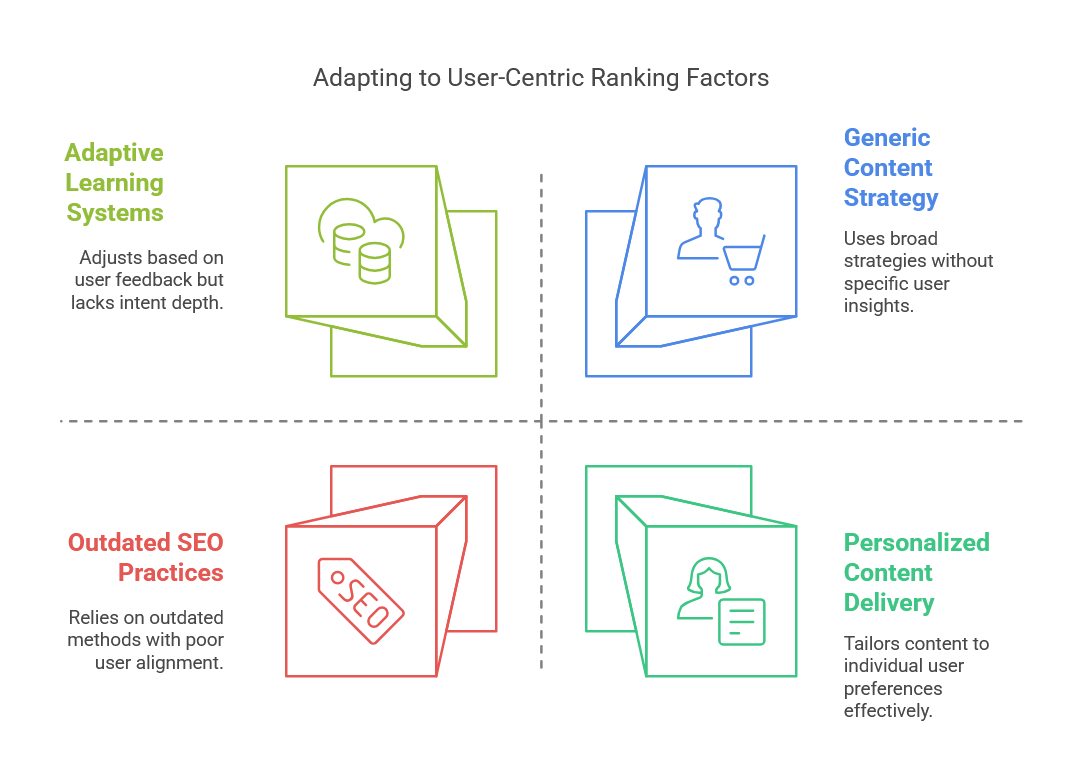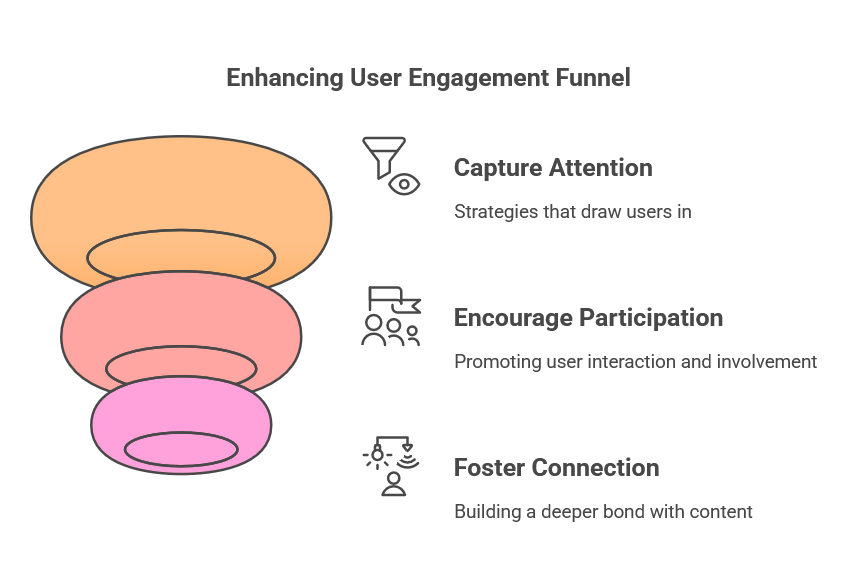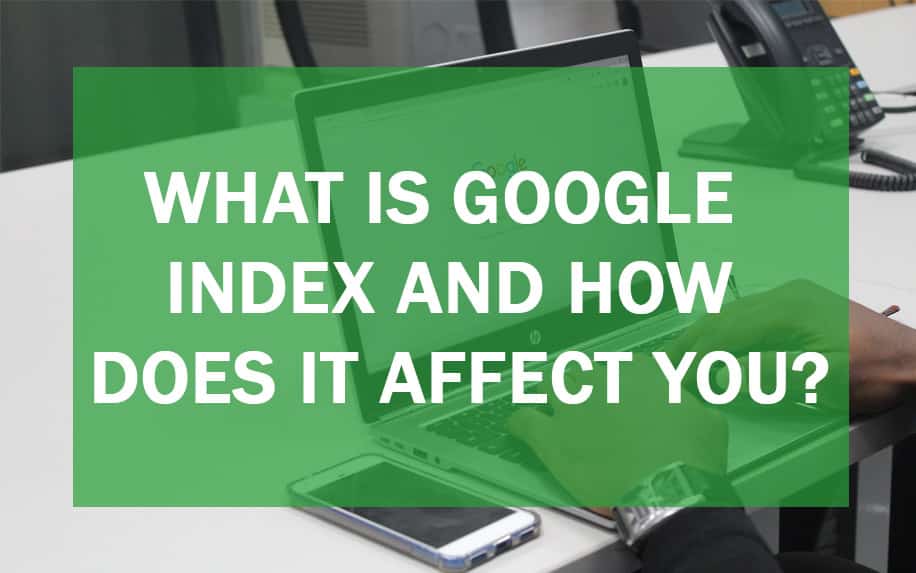
Core Web Vitals and Engagement Metrics: Optimising for Search Engine Rankings
Table of Contents
Core Web Vitals—measuring loading, interactivity, and visual stability—remain crucial for SEO. However, as search engines strive for more profound user satisfaction, post-click engagement metrics come under greater scrutiny. These signals extend beyond the initial load, focusing on whether visitors find a page helpful. Factors like dwell time, pages per session, scroll depth, and brand mentions might shape future rankings as Google and Bing’s AI-driven systems weigh overall user experience more richly.
This article explores user experience signals beyond the well-known web vitals, addressing how to measure them, why they matter for SEO, and how to optimise your site accordingly. We’ll highlight how dwell time correlates with content relevance, how brand mentions can reaffirm trust, and how advanced behavioural analytics can guide your next content enhancements. If you want to stay ahead in a SERP environment that’s more user-centric than ever, read on.
“Core Web Vitals help gauge initial performance, but deeper engagement signals reveal if visitors truly value your page. That’s the next frontier of user-focused SEO,” says Ciaran Connolly, Director of ProfileTree.
Evolving User-Centric Ranking Factors

As search engines evolve, user-centric ranking factors are becoming increasingly important. Moving beyond traditional SEO signals like page speed, algorithms now focus on deeper engagement metrics such as dwell time, scroll depth, and return visits, reflecting how well content meets user intent. This shift underscores the growing need to create not just fast-loading pages but meaningful, engaging experiences for visitors.
From Page Speed to Engagement Depth
Early SEO strategies zeroed in on page speed, schema, and essential on-page signals. By 2025, search engines interpret more subtle cues: did visitors linger, explore additional content, or interact with specific page elements? This extends Google’s shift from rewarding purely well-structured content to user-relevant experiences.
AI’s Role in Interpreting Behaviour
Sophisticated AI-based ranking systems can interpret bounce rates, dwell times, or repeated site visits as quality indicators. If a page triggers high user satisfaction, the algorithm might lift it for related queries—“People found this helpful, so let’s show it more.”
Why Post-Click Signals Matter
Even if your page loads super-fast, if users don’t find relevant info or quickly leave, that’s a negative signal. Conversely, a site with average load speeds but brilliant content might keep visitors engaged. Search engines want to prioritise pages that genuinely solve user intent over those that simply pass a performance checklist.
Key Engagement Metrics to Monitor
Monitoring key metrics that reveal how visitors interact with your content is essential to optimising user engagement and improving SEO. Metrics like dwell time, scroll depth, and pages per session provide valuable insights into user satisfaction and help identify areas for improvement. These metrics ultimately guide your strategy to keep visitors engaged and enhance overall site performance.
Dwell Time
Dwell time is the duration a user spends on your page before returning to the SERP. A high dwell time typically means they found the content worth reading. If dwell time is short, your snippet or meta info may have overpromised or the content might be off-topic.
Scroll Depth
How far down do users scroll? If most drop off at 20%, perhaps your introduction lacks clarity or is too long. Tools like Hotjar track scroll maps. This metric indicates whether users get to your CTA or concluding insights.
Pages per Session (Site Depth)
If visitors click internal links after reading an article, that suggests interest. For an e-commerce site, do users check multiple product pages or recommended items? This site depth metric can indirectly reflect user satisfaction.
Return Visits
A user might not convert immediately but returns days later. Your brand resonates if you see healthy return visitor rates from search queries. Google may interpret brand revisit as a trust factor, reinforcing your domain’s authority for specific niches.
Social Shares or Comments
While social signals aren’t direct ranking factors, the level of social engagement can hint at the page’s usefulness. Google can detect brand chatter or link references. If your content spawns meaningful discussion, it’s likely fulfilling user needs.
Measuring Beyond Core Web Vitals
While Core Web Vitals are crucial for assessing page performance, they only tell part of the story. Measuring beyond these metrics is essential to truly understanding user engagement and satisfaction. Tracking post-click signals like dwell time, return visits, and social interactions provides a deeper view of how users interact with your content and whether it aligns with their needs, offering valuable insights to enhance user experience and SEO.
GA4 Engagement Metrics
In GA4, the “bounce rate” is redefined as the inverse of the “engagement rate”—the percentage of people who stay at least 10 seconds, view two or more pages, or trigger a conversion. Monitor “engaged sessions” to see if your content fosters deeper interactions. Combine that with event tracking for scroll depth or video watch times.
Heatmaps and Session Recordings
Tools like Hotjar, Microsoft Clarity, or Crazy Egg show how users navigate each page. If they frequently miss your CTA or skip an entire section, refine the layout or headings. If they rewatch a video segment, emphasise that content in your funnel.
Email and CRM Integration
Tracking if visitors sign up for your mailing list or purchase after multiple site visits can highlight long-term user interest. A user who returns organically thrice and then converts indicates strong post-click engagement over time. This data helps identify champion content or pages needing improvement.
Boosting Dwell Time and Interaction

Increasing dwell time and fostering deeper interactions on your site is key to improving user engagement and SEO. By refining your content strategy and enhancing the overall user experience, you can encourage visitors to spend more time on your pages. Implementing tactics such as engaging introductions, interactive elements, and clear calls to action can help keep users engaged, signalling that your content is valuable and relevant to search engines.
Engaging Introductions
Hook readers immediately with a bold statement, short anecdote, or subheading teaser. Users bail if your opening paragraphs bury the lead or rehash dull info. Crisp, compelling intros keep them reading.
Readable Layouts
Dense paragraphs scare scrollers. Use short blocks of text, bullet points, or images. Break sub-sections with H2/H3. Generous whitespace, subheadings, and relevant visuals encourage readers to continue downward. Possibly embed short videos or infographics to keep them engaged.
In-Content CTAs
Rather than a single CTA at the page’s end, sprinkle micro-CTAs: links to related articles, free resources, or quizzes. This fosters a next-step mindset, encouraging multi-page sessions. For instance, “Want more advanced tips? Check our in-depth guide on [X].”
Interactive Elements
Polls, sliders, or embedded chat windows can turn passive reading into interactive exploration. For e-commerce, let users toggle product variations or see 360° views. The more interactive the page, the more time they might spend.
“Users who engage with interactive content or well-structured paragraphs are more likely to signal ‘This page is satisfying!’ to search engines,” says Ciaran Connolly.
Encouraging Return Visits and Loyalty
Encouraging return visits and building loyalty are essential for long-term SEO success. When users return to your site, it signals to search engines that your content is trustworthy and valuable. By creating a compelling content ecosystem, offering personalised recommendations, and fostering ongoing engagement through email or notifications, you can strengthen relationships with your audience and improve your site’s overall performance and authority.
Content Series or Ongoing Updates
Announce a weekly or monthly column. If readers love the first part, they return for subsequent releases. For e-commerce, do seasonal product highlights. Each new piece cross-links to older ones, building a content ecosystem that fosters repeated engagement.
Personalised Recommendations
If your site can store cookies or user preferences, show recommended posts or products based on their browsing history. This personal approach can spike pages per session and reduce exit rates.
Email Capture or Notifications
Encourage visitors to subscribe for updates. Every new post or announcement could draw them back organically if they do. Similarly, browser notifications for new content can keep them engaged over time. Google sees brand queries or direct visits rising, further strengthening your domain authority.
The Role of Brand Mentions and Social Proof
Brand mentions and social proof play a crucial role in building trust and authority for users and search engines. When your brand is referenced positively online, it signals credibility and relevance, influencing user perception and SEO rankings. By leveraging testimonials, reviews, and off-site mentions, you can enhance your brand’s reputation, encourage deeper engagement, and improve your visibility in search results.
Brand Mentions Off-Site
When others mention your brand in forums or social media, it can reflect trust. Advanced search engines interpret that brand chatter to gauge user sentiment. If discussions are generally positive, it can indirectly bolster your E-E-A-T standing.
On-Site Testimonials
Show real user testimonials or case studies that highlight success. This fosters trust, prompting visitors to read further or check additional pages. Engaged, trusting visitors send positive signals.
Credibility Indicators (Awards, Affiliations)
Listing relevant certifications, media features, or industry memberships can reassure new visitors. Reassured users spend more time exploring, which signals to search engines that your site is a serious player.
Handling Negative Engagement Signals
Negative engagement signals, such as high bounce rates or abrupt exits, can harm your SEO performance and user experience. Identifying the root causes of these issues—poor content relevance, intrusive ads, or slow load times—allows you to make targeted improvements. By addressing these factors, you can enhance user satisfaction, reduce bounce rates, and ensure that your site delivers a more engaging and rewarding experience.
High Bounce Rates
If specific pages have 90%+ bounce, investigate:
- Mismatch with SERP snippet: maybe your meta title suggests one angle but the content differs.
- Layout or ad intrusion: pop-ups or auto-play videos can repel users.
- Slow or glitchy loads.
Abrupt Exits Mid-Scroll
Heatmaps might show that users read the introduction but bail at a specific section. That section may be too technical, or your transitions are abrupt. Rework the structure or add more subheadings to make the flow smoother.
Unhelpful Comments or Reviews
Negative or spammy threads can degrade your site’s perceived value if it fosters a comment section. Moderate them and respond helpfully to criticisms. A civil, curated discussion can improve page time.
“Pinpointing exactly why engagement drops requires analytics plus empathy—understanding user expectations. Tweak the experience, and watch dwell time rebound,” recommends Ciaran Connolly.
Testing Strategies to Improve Engagement
Testing strategies are vital for optimising user engagement and enhancing SEO performance. You can identify what resonates most with your audience by experimenting with different layouts, content structures, and interactive elements. A/B testing, for example, helps you compare variations and fine-tune your approach to keep users engaged longer, ultimately boosting your site’s performance and user satisfaction.
A/B Testing Layout Changes
Test two variations for a key landing page: one with a short video near the top and another with text only. Compare dwell times or scroll depth. Tools like Google Optimize or third-party solutions handle the random assignment of visitors to each variant.
Content Depth vs. Quick Summaries
Experiment with pages that lead with a summary followed by expanded sections vs. those that start with deeper detail. See which yields better dwell time or conversions. In specific niches, short, scannable intros encourage reading; in others, users want immediate, deep content.
Interactive Tools or Quizzes
If you add a small quiz or calculator, track how many use it and their subsequent engagement. For example, a finance blog might embed a mortgage calculator. If usage is high, replicate that interactive approach on other pages or refine it further.
Balancing Core Web Vitals and Engagement
Balancing Core Web Vitals with user engagement is essential for fast-loading pages and meaningful interactions. While page speed and performance are foundational to SEO, ensuring that your content captivates and retains visitors is equally important. Striking the right balance between technical efficiency and compelling user experiences will enhance user satisfaction and improve your rankings in search engine results.
Don’t Sacrifice Performance for Overload
If you add multiple scripts for interactive features, watch out for load bloat. A slow page can kill engagement before it starts. Use lazy loading or code splitting to keep the main thread free.
Above-the-Fold Quick Win
Users judge a site within seconds. Ensure the top portion is visually appealing, with a clear heading or CTA. If the entire screen is an ad, users bounce. If the top is a messy slideshow, users might scroll away. A well-structured top of the page encourages deeper reading.
Progressive Enhancements
Use a minimal baseline that loads instantly. Then, as they scroll, enhance the experience with advanced components. This keeps both speed and engagement synergy. Mobile test, which is often less forgiving of heavy scripts.
Embracing Post-Click Engagement for SEO Success
Optimising for Core Web Vitals and technical SEO remains foundational—but in 2025, search engines crave more signals that users find your site beneficial. By prioritising dwell time, scroll depth, repeat visits, brand mentions, and other post-click engagement metrics, you show search engines your pages solve intent and delight visitors.
Implement these strategies—A/B testing layout changes, refining introduction hooks, embedding interactive elements, and building brand trust—and your site will stand out. Over time, you’ll see fewer bounces, more page exploration, and better returns from organic traffic. This user-centric approach not only satisfies evolving search algorithms but also fosters genuine brand loyalty—the true key to lasting SEO success.
Conclusion
While Core Web Vitals continue to be vital for SEO, the growing importance of post-click engagement signals cannot be overlooked. Metrics like dwell time, scroll depth, and return visits now offer deeper insights into whether users genuinely find value in your content. You align your website with evolving search engine algorithms by enhancing user interactions, refining content relevance, and building brand trust. Optimising these engagement metrics can improve your site’s performance and foster long-term user loyalty, ultimately driving sustained SEO success.




